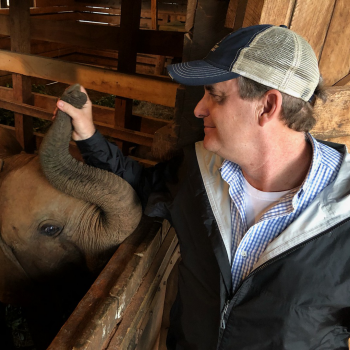Kenya
When thoughts turn to safari, they turn immediately to Kenya. Books and movies such as Born Free and Out of Africa have brought this country’s offerings into the homes of many foreigners.
Kenya spans an area about 85 percent the size of France or Texas and lies astride the equator on the eastern coast of Africa, bordered by Uganda to the west, Tanzania to the south, Ethiopia to the north, Somalia to the northeast, and the Indian Ocean to the southeast. More than a century ago, Teddy Roosevelt let a brigade of hunters to Kenya in search of big game and today millions of international visitors follow his lead every year in capturing these same animals on film— and for good reason, considering the millions of large mammals in constant movement around Kenya’s plains. Kenya may be best known for its annual migration in the Masai Mara, Amboseli and Tsavo East and West National Parks are also emerging as some of the country’s greater tourist draws.
But Kenya is not all about big game. It is a land of timeless culture and unparalleled diversity, offering a wide range of options in landscapes and activities. Aided by a rich diversity of wildlife and its varied assortment of environments, all within relatively close proximity to one another, Kenya allows its visitors to experience endless opportunities for adventure every day. Indeed, a single trip to Kenya may include everything from climbing snow-capped mountains of the fertile highlands, such as Mount Kenya and Mount Meru , to exploring pristine wilderness, to visiting tropical forests, flat, parched, desert landscapes, long,pristine coastline with white, sandy beaches on the Indian Ocean, and rivers and lakes, including Lake Turkana —its largest lake — all within the borders of a single country, and Lake Victoria.
Kenya’s climate is generally warm and humid at the coast, cool and humid in the central highlands, and hot and dry in the north and east, and despite some newsworthy incidents, there seems to be no reason to consider Kenya unsafe as a tourist destination. In addition to everything else to do in Kenya, in 2001 the controversial “Millennium Man” was discovered near Lake Baringo in the northwest, and this find and Richard and Mary Leakey’s discovery of Homo Habilis in the 1960s continue to fuel ongoing excavations.

